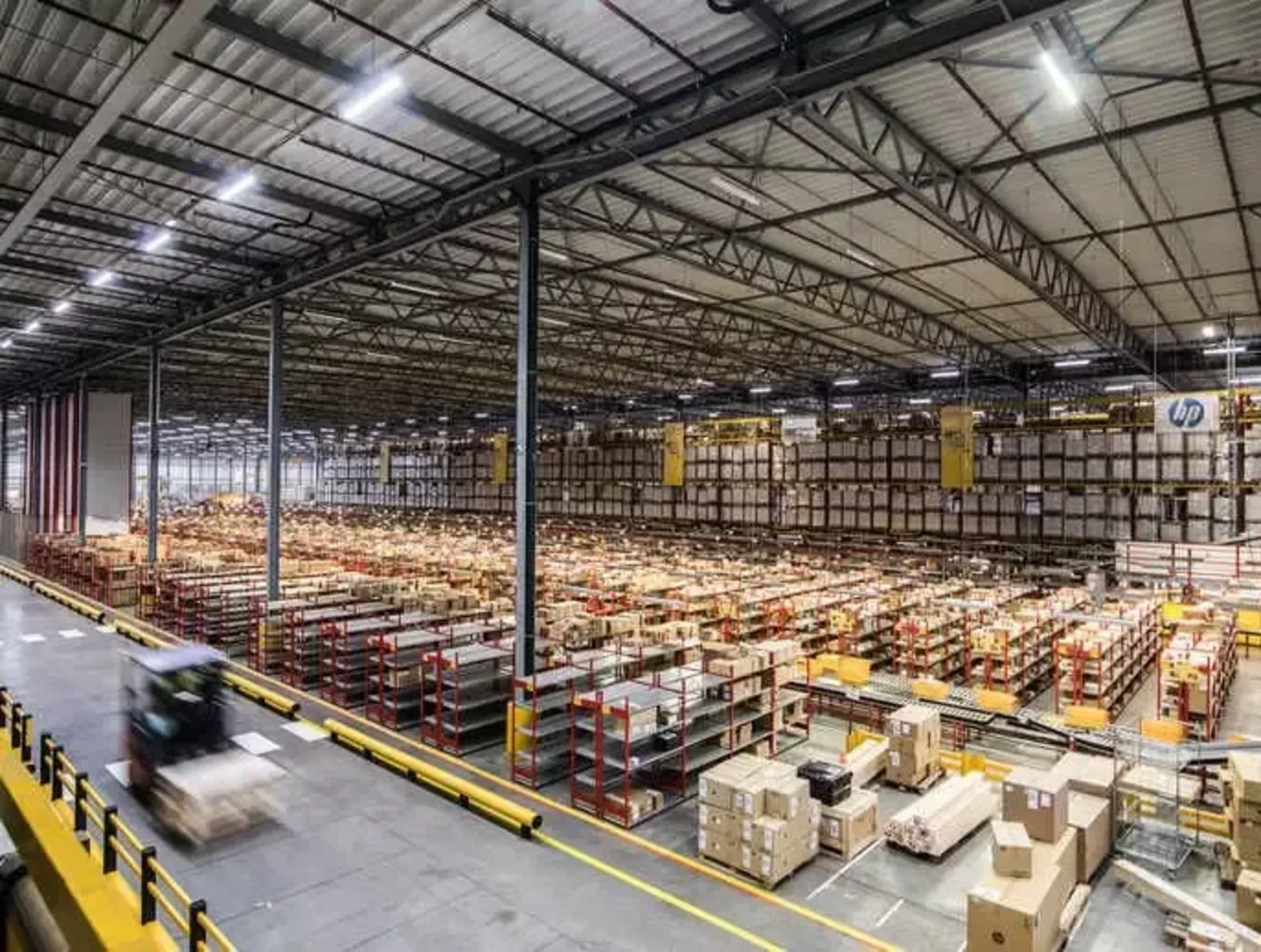
Buzzwords like visibility and resilience swirled around supply chain circles in 2024, and it looks like they’ll continue to dominate conversations in 2025. Where visibility empowers manufacturers to see and track orders at any point in their supply chains, resilience ensures those critical networks can withstand disruptions and quickly bounce back.
Working together, visibility and resilience help enhance supply chain performance by leveraging real-time insights, identifying potential disruptions and allowing manufacturers to be more proactive when addressing those issues. This, in turn, drives better customer service and healthier bottom lines.
Enhanced supply chain transparency and resilience will be critical in helping manufacturers improve agility, make strategic decisions, and identify opportunities for optimization. Without these two elements, organizations and their supply chain partners must rely on guesswork when running their global supply chains.
According to Eide Bailly’s recent survey of 300 mid-market manufacturers and distributors, 45% have made efforts to improve their end-to-end supply chain visibility over the last year. These organizations understand that a more transparent, efficient, and responsive supply chain translates into benefits that include:
The new year will bring new challenges. Numerous geopolitical challenges are poised to strain supply chain systems and impact the overall global economy — namely, in the form of tariffs on imported goods. Amy Knust, a partner at Eide Bailly says organizations with good supply chain transparency and resilient, diversified supply chains will be better positioned to adapt to these emerging challenges.
For example, Knust says improved supply chain transparency correlates directly with better supply chain orchestration, which effectively balances demand and supply for finished goods and raw materials. Orchestration also ensures efficient and consistent delivery of products to customers.
“It involves a continuous flow process that is automated by supplier collaboration systems, data analytics, generative artificial intelligence (GenAI), and machine learning tools,” Knust explains.
Visibility also helps manufacturers understand seasonal fluctuations and respond accordingly, says Zakk Traynor, senior manufacturing and distribution consultant at Eide Bailly. Seasonality isn’t a new challenge for organizations, but the ebbs and flows have become less predictable and more frequent in recent years. Good visibility has become table stakes in a world where a delayed order of critical parts can send cascading negative impacts throughout the supply chain.
Manufacturers can take proactive measures to avert such problems, such as ensuring backup suppliers are in place to step up when needed. Supplier diversification can help shield organizations from the impacts of a single supplier disruption, a natural disaster or even a black swan event like a global pandemic.
“Any organization that doesn’t have backup suppliers puts itself at risk, particularly in this disruptive environment,” Traynor says. He suggests that manufacturers pay especially close attention to seasonal spikes, demand and the balancing of inventory in the supply chain. These three points can help organizations build more durable supply chains.
Manufacturers that want to improve their supply chain visibility and boost resilience — or leverage the power of orchestration — can explore tools such as:
“Leverage the tools available to you in your current environments,” Knust recommends. “Work with vendors to improve collaboration by using supplier portals, integration technologies and electronic data interchange (EDI).”
According to Eide Bailly’s survey report, manufacturers are already making inroads on those technology investments. Organizations are focused on maximizing the potential of current technologies while exploring innovative upgrades to improve efficiency. They’re using more automation, for example, and investing in solutions that help them streamline operations and drive friction out of their supply chains.
Nearly all (95%) surveyed manufacturers are increasing their technology and automation investments over the next three years. Most of that investment will be allocated to core business systems (64%), advanced analytics (56%), workforce planning solutions (40%) and cybersecurity solutions. On the AI front, 65% of survey respondents say they’re either experimenting with it or plan to do so soon.
“When you think about technology, it’s only as good as the data behind it and the processes behind it. You have to have a plan in place,” Traynor says. “You have to look at your supply chain and ask what needs to be optimized right now. How can we utilize and leverage technology to our advantage? But more importantly, how do we use both process and technology to drive better value for our customers?”
Ultimately, Knust says better supply chain visibility leads to improved orchestration, which helps build more agile global manufacturing supply chains. For organizations bracing themselves for higher tariffs in 2025, plus myriad other disruptions that may surface during the year, she says the more visible and resilient your supply chain is, the better equipped you’ll be to overcome those roadblocks and seize new opportunities.